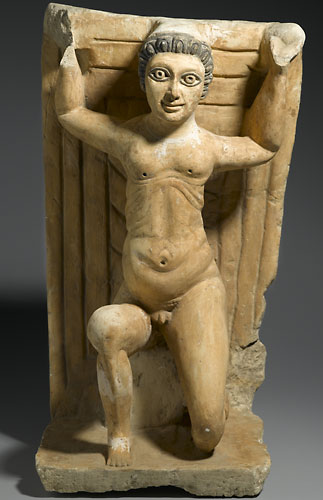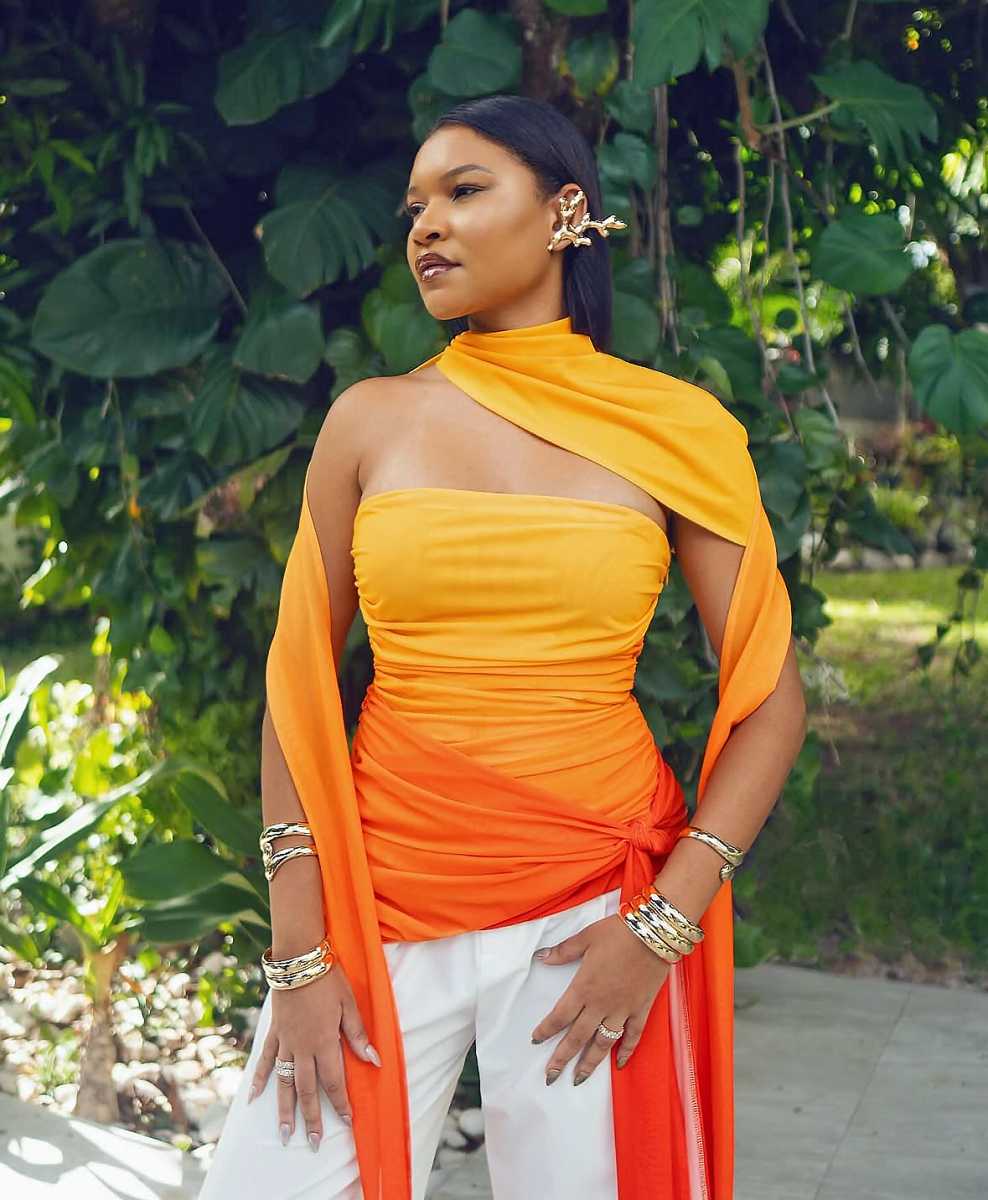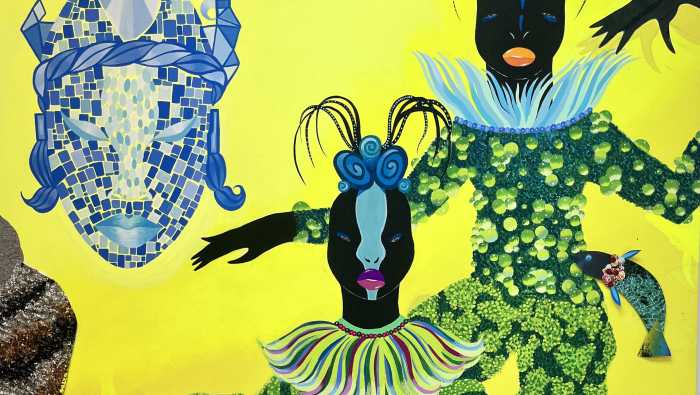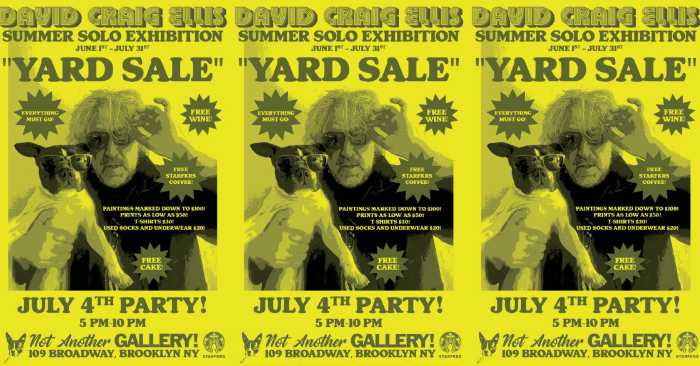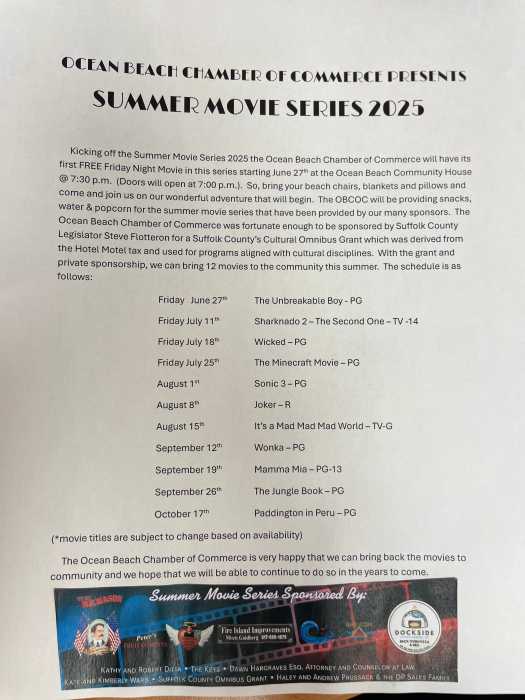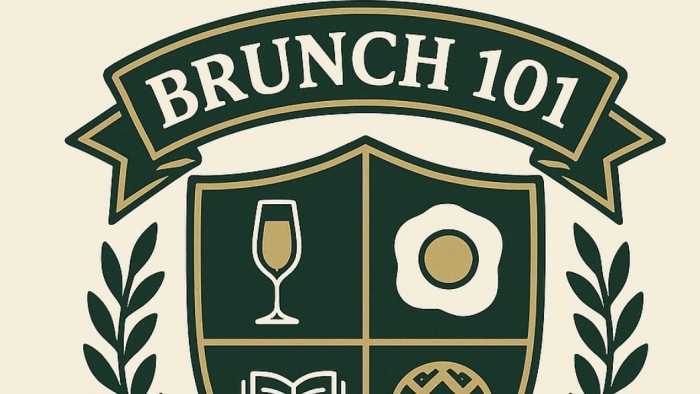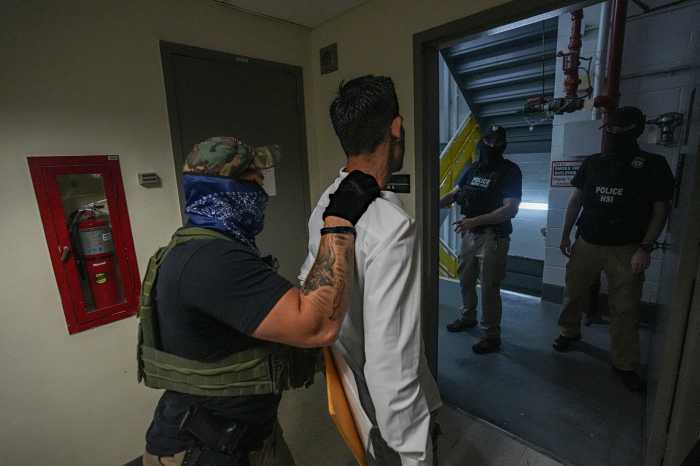The Brooklyn Museum of Art will make artistic lemonade after being thrown the ultimate art-world lemon: finding out that many of its prized pieces from early Egyptian Christians are actually fakes.
Ten fake Coptic works will be displayed in February alongside authentic pieces with a suitable theme: “Curators can be duped.”
The Brooklyn Museum admitted to the indispensable Art Newspaper earlier this month that 10 pieces allegedly made by Christians in Egypt more than 1,300 years ago are actually from the mid–20th century, meaning that one third of its Coptic collection has been forged or altered by dealers.
Years ago that would have been an embarrassment to conceal, but the Brooklyn Museum is embracing the past error.
“One of our goals is to be an educational institution,” said Kevin Stayton, the museum’s chief curator. “You can learn a tremendous amount by looking at an object that is not right. For the public, it can seem like magic that one is right and one is not. [The exhibit] demystifies that process.”
The phonies — sculptures and reliefs — will be in a gallery for the first time in 11 years. Last time, they were exhibited as genuine artifacts even though the Museum, which is renowned for its Egyptian collection, had acquired the bogus pieces during 1960s and ’70s.
Some Coptologists have doubted the authenticity of the pieces since the disco era, but the museum exhibited them anyway, partially because previous staffers did not want to acknowledge that they had acquired fraudulent items.
“There are a couple that are too good to be true and a few that are so bad that I can’t believe anyone took them seriously,” said Edna Russman, a curator who began doubting their origins about four years ago.

One of the most exquisite forgeries was a large sculpture of Jesus Christ healing a paralytic. Russmann said the museum doubted its millennium-old provenance because it clashed with known Coptic mores.
“It’s really rather impressive as a sculpture, but it makes no sense as a Coptic sculpture. There’s no room for it in a tomb and you wouldn’t put it in a church.”
Another telltale sign was that the counterfeit art didn’t age like those that had been crafted in the fifth to seventh century.
The potentially embarrassing discovery of fake art is not uncommon in the arcane field of Coptic art. Other museums have been snookered too, such as at the Princeton Art Museum, which had two knockoffs, though they did not opt for the fanfare of the Brooklyn Museum.
“Their questionable authenticity was recognized and reported on more than 30 years ago, and since that time they have not been exhibited,” J. Michael Padgett, a Princeton curator told The New York Sun.
Russmann told The Brooklyn Paper that the museum’s Egyptologists have ruled out other forgeries in the rest of the museum’s well-regarded Egyptian collection.
The Brooklyn Museum’s admission is a cautionary tale to other institutions that gobbled up artifacts around the same time. But a spokeswoman for the Metropolitan Museum of Art, a large Manhattan art gallery that boasts the biggest Coptic collection in the United States, says its assortment is the real McCoy, because its collection was amassed prior to the Brooklyn Museum’s spree.



